Air pollution in Hanoi is a burning issue. (Photo: VNA)
Looking at the world , Beijing (China) took more than 20 years to reduce air pollution and they have brought back the blue sky. In New Delhi (India) or Los Angeles (USA), they also faced the problem of air pollution, however, thanks to drastic policies and monitoring tools, preventing emission sources, the air environment has become "clean" and "green" again.
From the reality of pollution in Hanoi and international experience, it is clear that the urgent requirement for Vietnam is to take drastic action, with more realistic solutions - because if we are slow, blue skies will still be just a dream!
Without determination there can be no change.
According to the Ministry of Agriculture and Environment , air pollution is one of the serious environmental challenges in Vietnam, especially in large cities such as Hanoi and Ho Chi Minh City. In fact, in 2024, air pollution levels increased by an average of 10% compared to the previous year.
Dust from traffic, industry, construction, and adverse weather conditions are the reasons why the air in big cities is increasingly stuffy. Traffic is identified as the main source of emissions, along with industrial activities that have aggravated the pollution situation.
It is worth mentioning that, recently, although Vietnam has had the Law on Environmental Protection 2020, its implementation still faces many difficulties, and frankly speaking, the law's policies have not yet come into life!
“We have laws, but without specific and drastic actions, the situation will not change. Especially when big cities like Hanoi and Ho Chi Minh City are suffering from serious air pollution, the responsibilities of authorities and local leaders must be clearly defined and actions taken promptly,” Deputy Prime Minister Tran Hong Ha emphasized at a national meeting to discuss comprehensive and urgent solutions to handle air pollution in localities on March 27, 2025.
As of early May 2025, air pollution continues to be a constant concern for people in the capital.
While Vietnam in general and major cities, especially Hanoi, are still struggling with temporary solutions, Beijing has made great strides in pollution control. A series of strong measures such as restricting personal vehicles, upgrading public transport infrastructure, strictly controlling industry and using clean energy, etc. have helped the city significantly improve its air quality in just a decade.
Evidence is that since the campaign to “declare war” on PM2.5 began in 2013, major pollution indicators in Beijing have all dropped sharply: PM2.5 dropped by 65.9%, PM10 dropped by 50%, NO2 dropped by 57.1%, and SO2 dropped by 88.7%. This not only shows the success of the “War to Reclaim Blue Skies,” but also gives Beijingers hope for a smog-free future.
To combat pollution and improve the country's living environment, India has also implemented a number of innovative solutions to tackle air pollution, such as the Odd-Even Program. This is a special measure implemented in New Delhi, requiring cars to only drive on days with odd or even registration numbers, depending on the day of the week. In addition, the GRAP response system also allows New Delhi to come up with specific response measures according to each AQI (air pollution index) level.
In America, since 1970, the United States has enacted the Clean Air Act. After the law was enacted, emissions of six common pollutants in this country were monitored and reduced by an average of 69%.
In addition, the US also has a policy to reduce emissions from vehicles; carry out a series of measures to encourage the use of renewable energy, improve public transportation, reduce pollution from agricultural sources and forest fires, along with promoting community education activities.
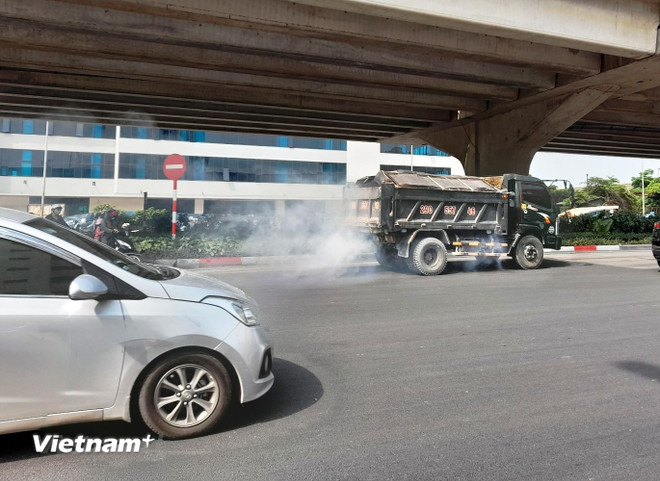 Exhaust fumes from vehicles. (Photo: Hung Vo/Vietnam+)
Exhaust fumes from vehicles. (Photo: Hung Vo/Vietnam+)
In Singapore - they are also aggressive in using advanced technology to reduce air pollution. They apply a very strict vehicle emission testing system, encouraging the use of public transport.
Need for transparent data and clean technology
Experience from these countries shows that responding to air pollution requires investment and drastic action, especially solidifying the foundation of transparent data and scientific evidence, as a basis for addressing major sources of pollution.
“Poor quality data is worse than no data,” Ms. Khalidi - Resident Representative of the United Nations Development Program (UNDP) in Vietnam, quoted a scientist and emphasized that this is also the reason why UNDP is committed to accompanying Vietnam in building a monitoring network, inventorying emissions and applying AI and IoT to pollution forecasting.
The investment in building a network of emission monitoring and inventories in Vietnam aims to improve the monitoring system, enhance forecasting and early warning capabilities, especially in the context of low-quality or non-transparent data being a barrier to effective policy making.
In addition, Vietnam also needs clean technology and a multilateral, multi-sectoral approach, with government leadership and effective coordination between central and local levels, and with key industries, businesses, universities, media agencies and community partners.
Clean Air Asia Deputy Executive Director Atty Glynda also said that when implementing air quality management plans, countries will face many challenges, especially the issue of financial resources. Therefore, to address this challenge, the Government needs to work closely with businesses, organizations and stakeholders to analyze costs effectively.
“Specifically, the Government needs to detail the costs, clearly identify the resources, necessary equipment, as well as maintenance costs in the process of implementing pollution reduction measures,” Ms. Atty Glynda shared.
With the motto “Prevention is better than cure,” Deputy Minister of Health Nguyen Thi Lien Huong also said that it is necessary to prioritize proactive prevention and protection of the air environment instead of having to chase after remediation and treatment of the environment when it is polluted. Therefore, Ms. Huong noted that although Vietnam has set a target of strong economic growth in the coming period, it will not be at the expense of the living environment and people's health.
“We do not develop in a sky full of smoke and dust. We do not build the future on a foundation of polluted air quality. To develop sustainably, we need to take the initiative to improve air quality and proactively protect and improve the health of all people,” Ms. Huong emphasized.
With the determination to improve the environment and bring back the blue sky, Deputy Minister of Agriculture and Environment - Mr. Le Cong Thanh also called on international partners and organizations to continue to accompany and support Vietnam in terms of technology, knowledge and resources to effectively implement air quality management.
Leaders of the Ministry of Agriculture and Environment also hope that ministries, branches, localities, businesses and people will actively participate in action programs, from keeping the surrounding environment clean; increasing the use of public transport, reducing personal emissions to deploying and applying advanced technological solutions in production and treatment of emissions and waste./.
According to VNA
Source: https://baothanhhoa.vn/cai-thien-khong-khi-tim-lai-bau-troi-xanh-viet-nam-nen-hoc-gi-tu-quoc-te-248038.htm


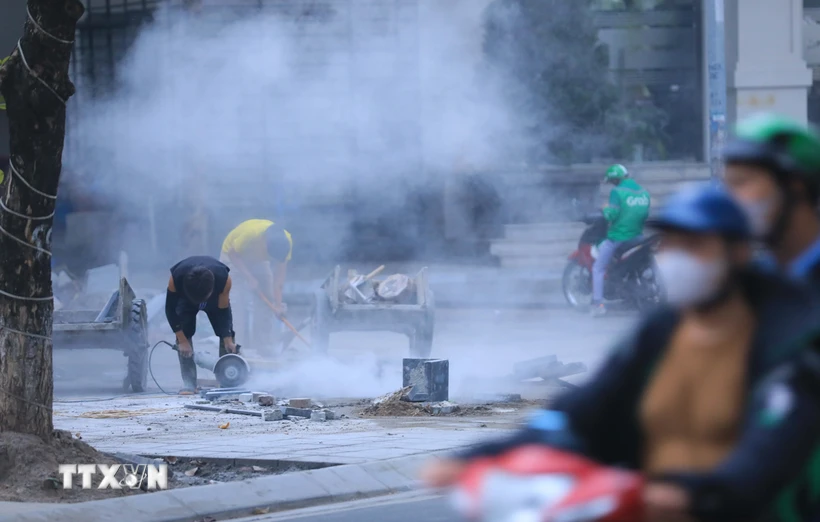


![[Photo] Ho Chi Minh City holds funeral for former President Tran Duc Luong](https://vphoto.vietnam.vn/thumb/1200x675/vietnam/resource/IMAGE/2025/5/24/9c1858ebd3d04170b6cef2e6bcb2019e)

![[Photo] The Government Standing Committee works with ministries and branches on the real estate market situation.](https://vphoto.vietnam.vn/thumb/1200x675/vietnam/resource/IMAGE/2025/5/24/e9b5bc2313d14c9499b8c9b83226adba)







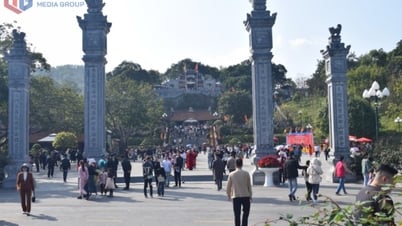







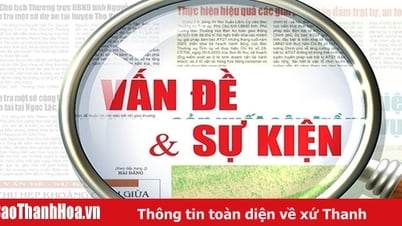

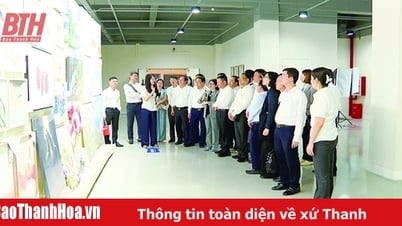


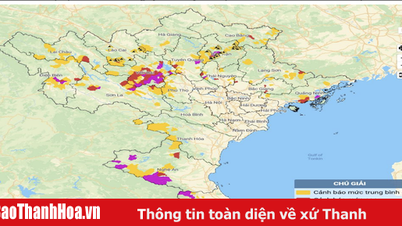

![[Photo] Party and State leaders visit former President Tran Duc Luong](https://vphoto.vietnam.vn/thumb/1200x675/vietnam/resource/IMAGE/2025/5/24/960db9b19102400e8df68d5a6caadcf6)


































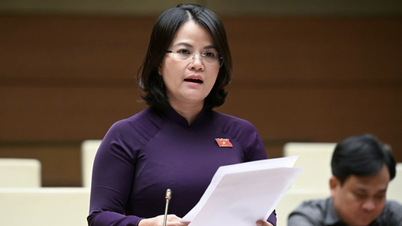
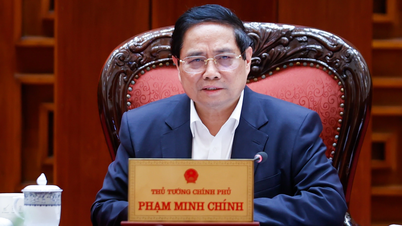










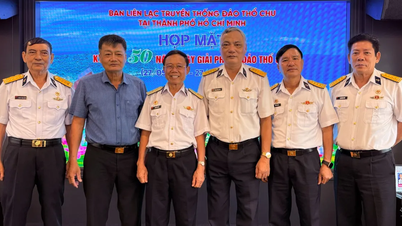





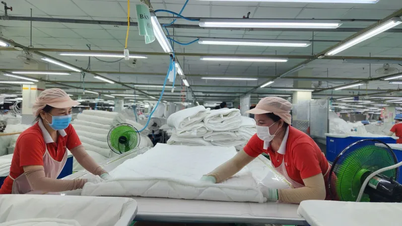
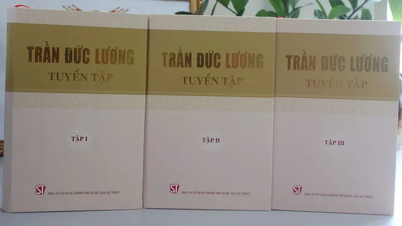
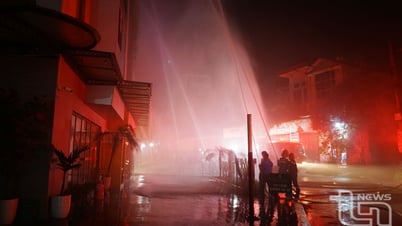












Comment (0)